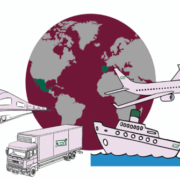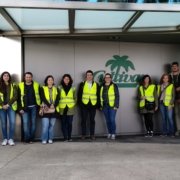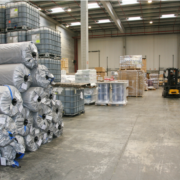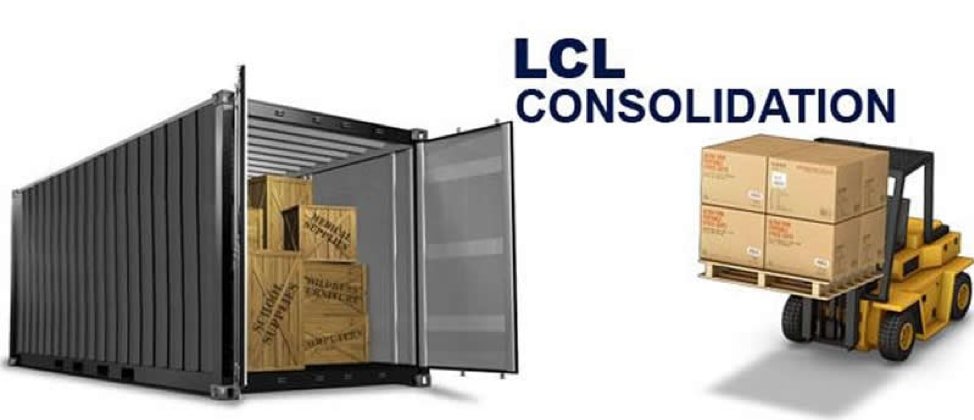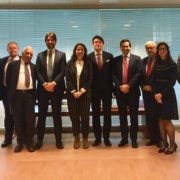The Escola commits to work together with YoungShip organisations of Europe
On the 7th of June 2019, the director of the Escola Europea Eduard Rodés met with co-founders of the YoungShip organisations of Spain, Italy, Portugal and France to discuss fruitful and economic collaboration between the institution and the young professionals associations. The youth associations, represented by Javier Mendés (Spain), Raquel Nunes (Portugal, and Ansam Okbanir respectively, visited the Escola’s headquarters to attend the joint conference of YoungShip France & Spain titled “The Cruise Industry in the Mediterranean: Challenges and Opportunities”.
The signature of the agreement constitutes the kick-off of a new partnership that will help to bring together the three youth associations in training projects in order to prepare, train and educate young people on the policy of promoting intermodality, as supported by the EU. YoungShip is an international non-profit association that provides a voice for all young people in the maritime sector. YoungShip International has a clear role to play in engaging, inspiring and working with the industry to promote bright young minds in the maritime industry for the development of future progress.
More specifically, during the meeting, the parties agreed to work together to offer courses and training, as developed by the Escola, at a discounted price to members of the YoungShip family in Portugal, France, Italy and Spain. The Escola would work together to prepare, train and educate young people to the policy of promoting intermodality promoted by the EU.
Under the agreement the Escola would also hold a training and networking course every 2 years between the members of the YoungShip’s members at an international level. The courses, though also focused on the intermodal transport of goods, would count with the customisation of contents by YoungShip’s organisers, and would provide ample opportunities for networking and professional collaborations. On their part, the YoungShip organisations agreed to promote and support the training offers of the courses that the Escola offers among their member bases, both by increasing the institution’s visibility on their respective websites and through the design and development of specialised courses in the field of intermodal logistics chains, facilitating the participation of their technical staff in the preparation of the contents and the holding of workshops.
The agreement will be valid for a period of 36 months and, depending on the rate of success, will have the possibility to be extended on an annual basis thereafter.
For more information about the YoungShip’s organisations, you can visit the website: http://www.youngship.com/departments/ and search for the participating countries.




